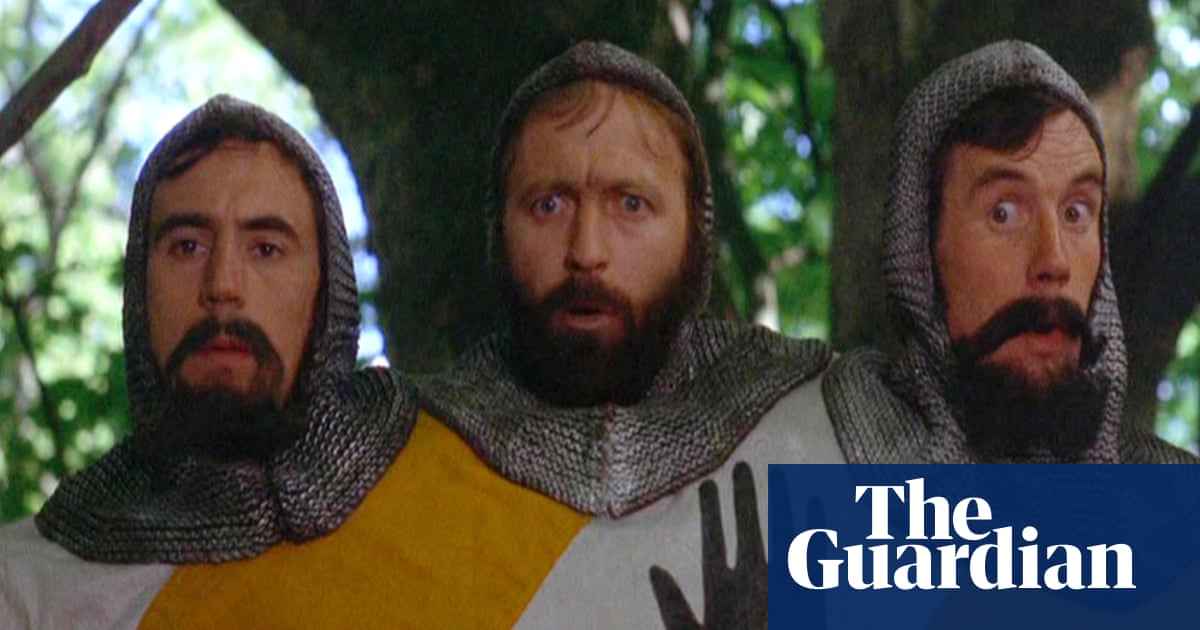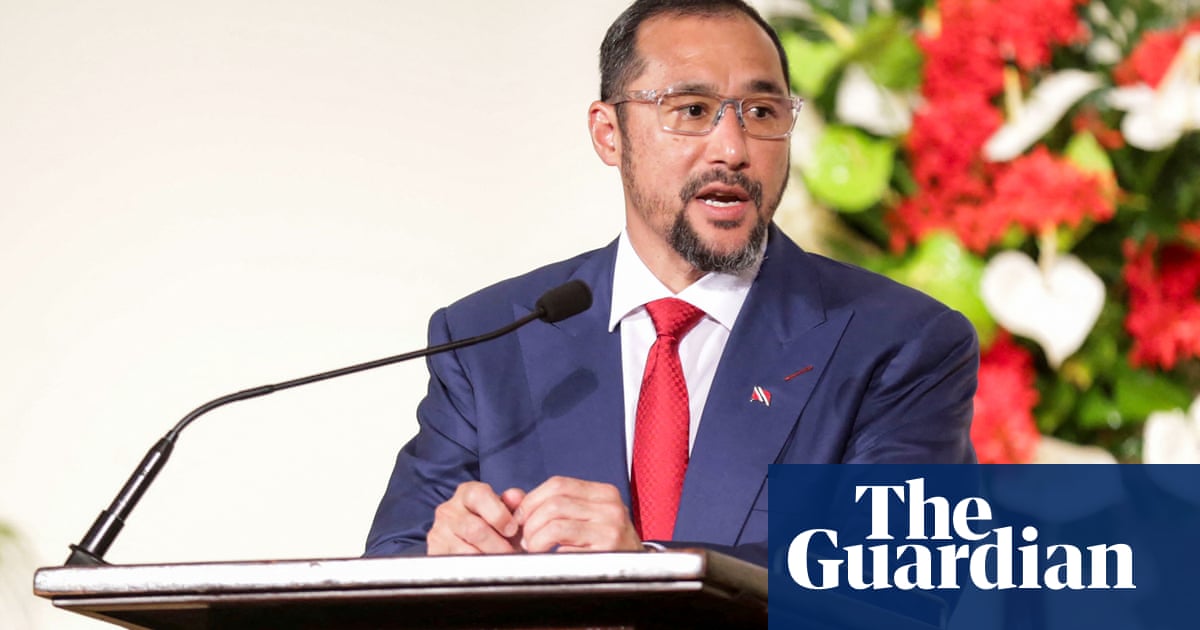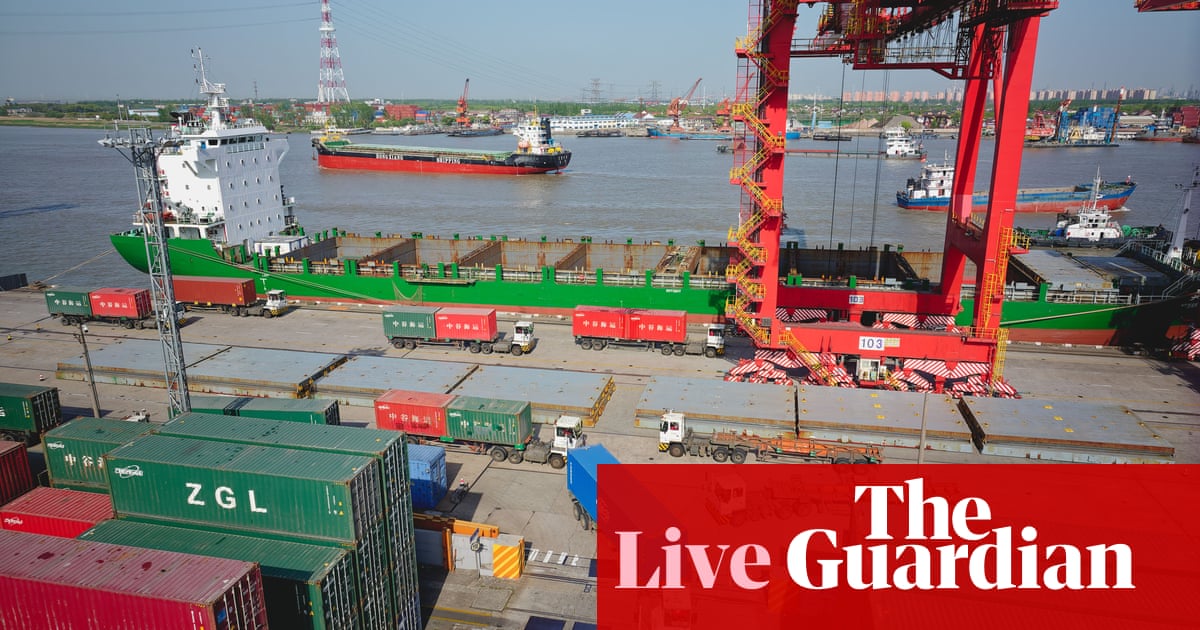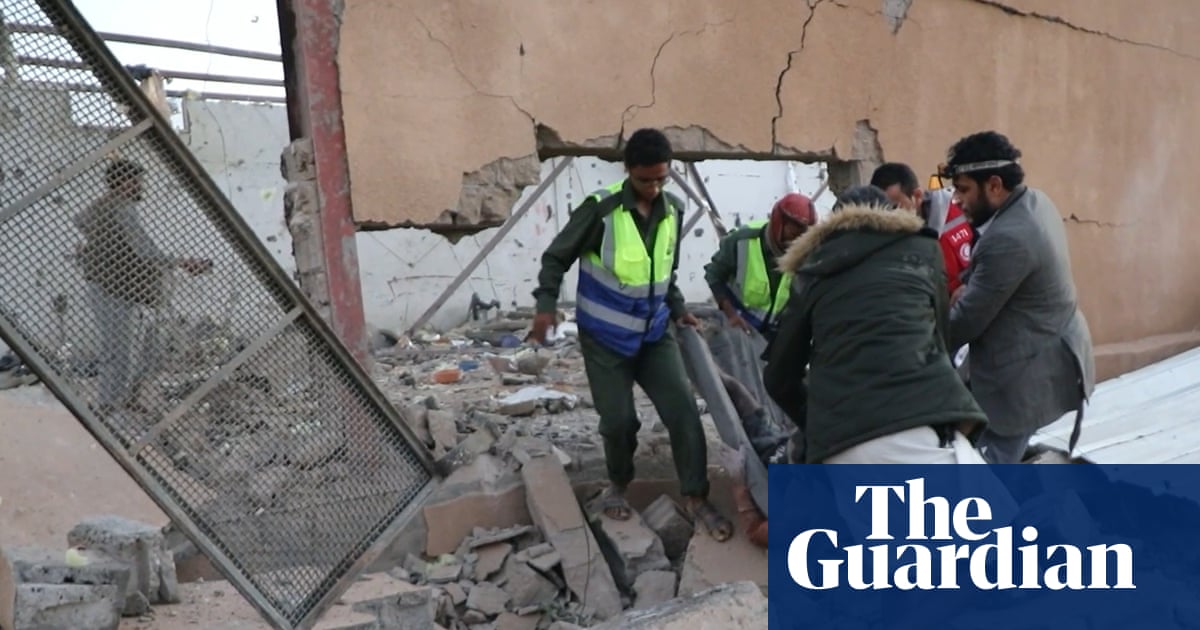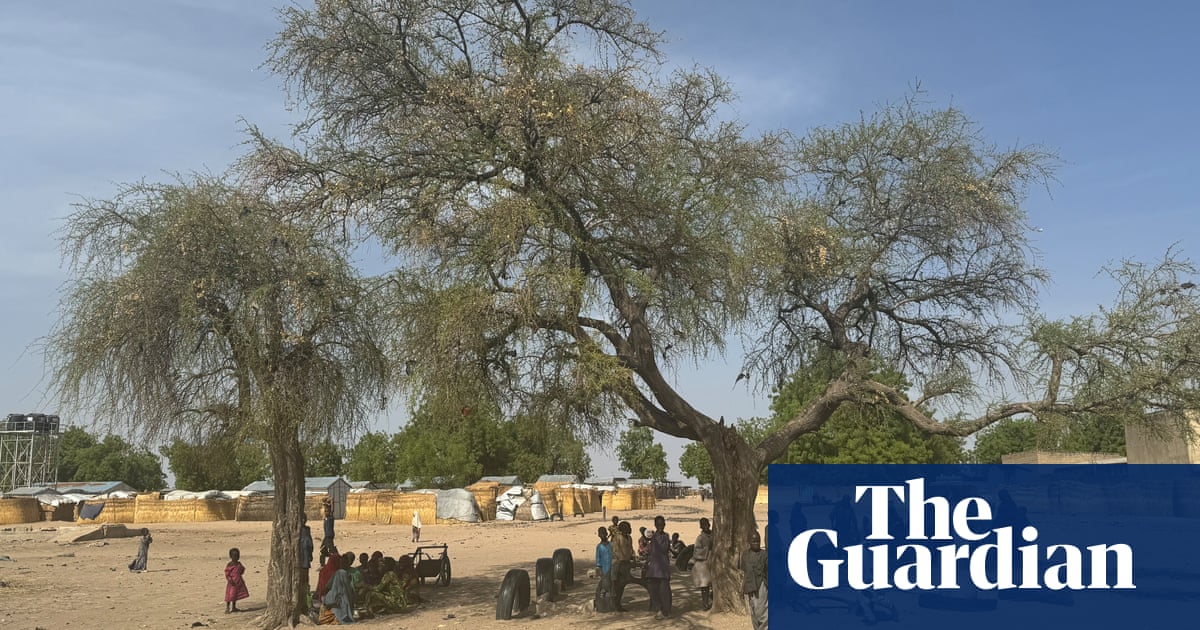Tracking a river through a cedar forest in Ecuador, Robert Macfarlane comes to a 30ft-high waterfall and, below it, a wide pool. It’s irresistible: he plunges in. The water under the falls is turbulent, a thousand little fists punching his shoulders. He’s exhilarated. No one could mistake this for a “dying” river, sluggish or polluted. But that thought sparks others: “Is this thing I’m in really alive? By whose standards? By what proof? As for speaking to or for a river, or comprehending what a river wants – well, where would you even start?”
He’s in the right place to be asking. In September 2008, Ecuador, “this small country with a vast moral imagination”, became the first nation in the world to legislate on behalf of water, “since its condition as an essential element for life makes it a necessary aspect for existence of all living beings”. This enshrinement of the Rights of Nature set off similar developments in other countries. In 2017, a law was passed in New Zealand that afforded the Whanganui River protection as a “spiritual and physical entity”. In India, five days later, judges ruled that the Ganges and Yamuna should be recognised as “living entities”. And in 2021, the Mutehekau Shipu (AKA Magpie River) became the first river in Canada to be declared a “legal person [and] living entity”. The Rights of Nature movement has now reached the UK, with Lewes council in East Sussex recognising the rights and legal personhood of the River Ouse.
Macfarlane’s book is timely. Rivers are in crisis worldwide. They have been dammed, poisoned, reduced to servitude, erased from the map. In the UK, “a gradual, desperate calamity” has befallen them, with annual sewage dumps (recorded by a tracker called Top of the Poops) at despicable levels. “Generational amnesia” means that young people don’t know what clean rivers are. Macfarlane wants them to revive – and to remind us of the interconnectedness of the human and natural world, as captured in a Māori proverb: “I am the river; the river is me.”
Many Indigenous communities believe that rivers are conscious, with souls, intelligence, even memory. Macfarlane is less a philosopher wrestling with notions of sentience and pan-psychism than he is a nature writer, the author of memorable books about mountains, landscape and underworlds, as well as a celebrant of words (acorn, bluebell, kingfisher, otter, etc) he fears children no longer know. He’s also a dauntless traveller and in his new book records trips to India and Canada as well as Ecuador. To the question “Is a river alive?” he wants to answer as simply and resoundingly as his nine-year-old son did: yes! And he wills himself to believe it by granting rivers human pronouns: instead of which or that, “I prefer to speak of rivers who flow”. But it’s a long journey, with many challenges along the way.
He begins with a modest outing, to the springs near his home in Cambridge which, in the summer of 2022, the hottest on record, have all but dried up. He’ll see what a dead river looks like in southern India but in Ecuador’s cloud forest, Los Cedros, it’s a happier story: here’s water saved from “pollutocrats” by Ecuador’s progressive constitution. But not all is as secure as it ought to be. Andean forests and rivers have been wrecked by logging, farming and mining. And a young anti-mining activist, five months pregnant, has just been shot dead in the north of Ecuador.

Macfarlane, at least, is among allies. He meets eco-centric lawyers as well as a shambling, bearded castaway, Josef DeCoux, who has fought to protect the river and cloud forest for decades. He’s awed by their tireless resistance to corporate profiteering and feels companioned by the forest: “Lushness beyond imagination. Greenness beyond measure.”
His prose aspires to poetry throughout. Fireflies “score the dark like slow tracer bullets”. Flamingos “stand in their own reflections, doubled like playing-card queens, blushing the water pink”. Glow-worms “put tapers on their yellow lantern”. Shooting stars are “scratches on the world’s tin”. A half moon is a “clipped coin”. He so rarely falters in his “love-language” for the natural world that when he describes the sun, near Chennai, “rising red as a Coke can over the ocean” it feels bathetic. But bathos is the point: along with plastic bottles, turds and effluents, the Coke can is emblematic of a polluted coastline.
Chennai is the most dispiriting of Macfarlane’s visits. The River Adyar, reeking and sewage-stricken, is “as close to death as any river I have seen in my life”. And the Ennore Creek, a site of heavy industry, hasn’t just been infilled, built over and surrendered to heavy industry, but has been erased from the official government map, as if it didn’t exist: annihilation cartography. Amid the toxins, hope for rivers is hard to find.
He is cheered by a trip to a lakeside waterbird sanctuary (“an avian Venice”) and by rescuing turtle eggs on a beach. Still, here and elsewhere doubts creep in. He’s a researcher, not an animist (the book has 50 pages of notes). Are Rights of Nature “an over-enchanted dream”? How compatible is the “stiff discourse’” of rights with a dashing, quicksilver river? “For those who, like me, have been largely raised on rationalism, to imagine a river is alive in a way that exceeds the sum of the lives it contains is difficult, counterintuitive work,” he says. “It requires unlearning, a process much harder than learning.”
after newsletter promotion
The unlearning comes in a remote region of Quebec when, before his epic 100-mile journey trekking and kayaking downstream, he’s instructed by Rita, an Innu poet, activist and sage: “Don’t think too much with your head … You will be transported by the river – who will speak through you.” So it does. When he and his companions go over scary rapids it’s as if he’s been “flooded from within”, the river flowing through him, a process mirrored in the prose, which rushes in long, ecstatic paragraphs that allow themselves commas but resist full stops. The river is under threat from damming but Macfarlane himself is released, surrendering agency to the water, pantheistically enraptured by “some vast and unknowable other life-way”.
“The river has great wisdom and whispers its secrets to the hearts of men,” Mark Twain said. It’s not just Macfarlane who bears this out but the three people he spends most time with on his travels: the eerily intuitive mycologist Giuliana in Ecuador, the geomancer Wayne in Canada and the ecologist Yuvan in India with his “ductile, fast-flowing mind”. All are grieving when they begin their journeys after the death of someone they loved. But the river consoles and even heals them: “I felt my power return,” Giuliana says.
Here’s another reason to fight for the Rights of Nature – not just to save rivers and forests, but to save ourselves. “The tale of a dying river / Does not end where you stand with the visitors / at a sickbed,” Ted Hughes wrote in his poetry collection River, four decades ago. The battle is to save rivers as living beings. Macfarlane’s impassioned book shows the way, ending on a riskily lyrical high with his arrival as a waterbody complete: “I am rivered.”

.png) 3 hours ago
7
3 hours ago
7


